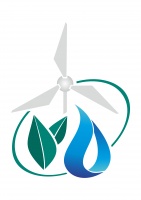Comparison of practices
Selected practice: Establishment of the Southern Fergana Main Canal Water User Union (SFMC-WUU)
Select another one to compare with.
Establishment and development of WUAs, enhancement of technical capacities of intra-farm irrigation and drainage infrastructure
Кыргызстан, Таласская
Examination and monitoring of Enilchek Glacier and Lake Merzbacher
Кыргызстан, Иссык-Кульская, Ак-Суйский
Restoration of irrigation infrastructure in mountainous regions of Kyrgyzstan
Кыргызстан, Ошская, Ноокатский
Increasing water use efficiency on WUA and water user levels
Кыргызстан, Джалал-Абадская
Application of furrow-based counter irrigation
Узбекистан, Хорезмская, Урганчский
Using the DUV 2/0.005-10 Water Level Sensor to automate the process of water accounting, level monitoring and management in Southern Kazakhstan
Казахстан, Южно-Казахстанская, Мактааральский
Resource-saving technology of operating vertical drain-age wells based on drainage water re-use in irrigated massifs
Казахстан, Южно-Казахстанская, Мактааральский
Increasing water supply of distant pastures
Казахстан, Южно-Казахстанская
Showing 41-48 of 48 items.




